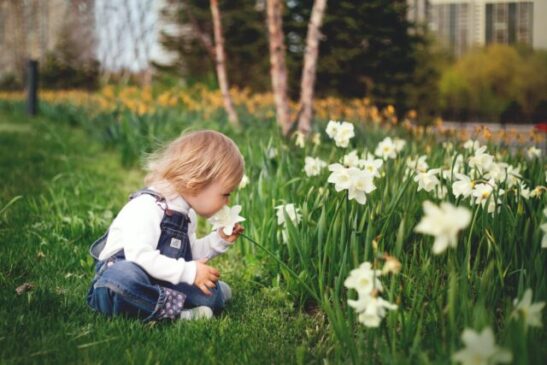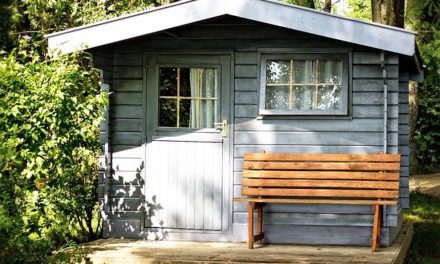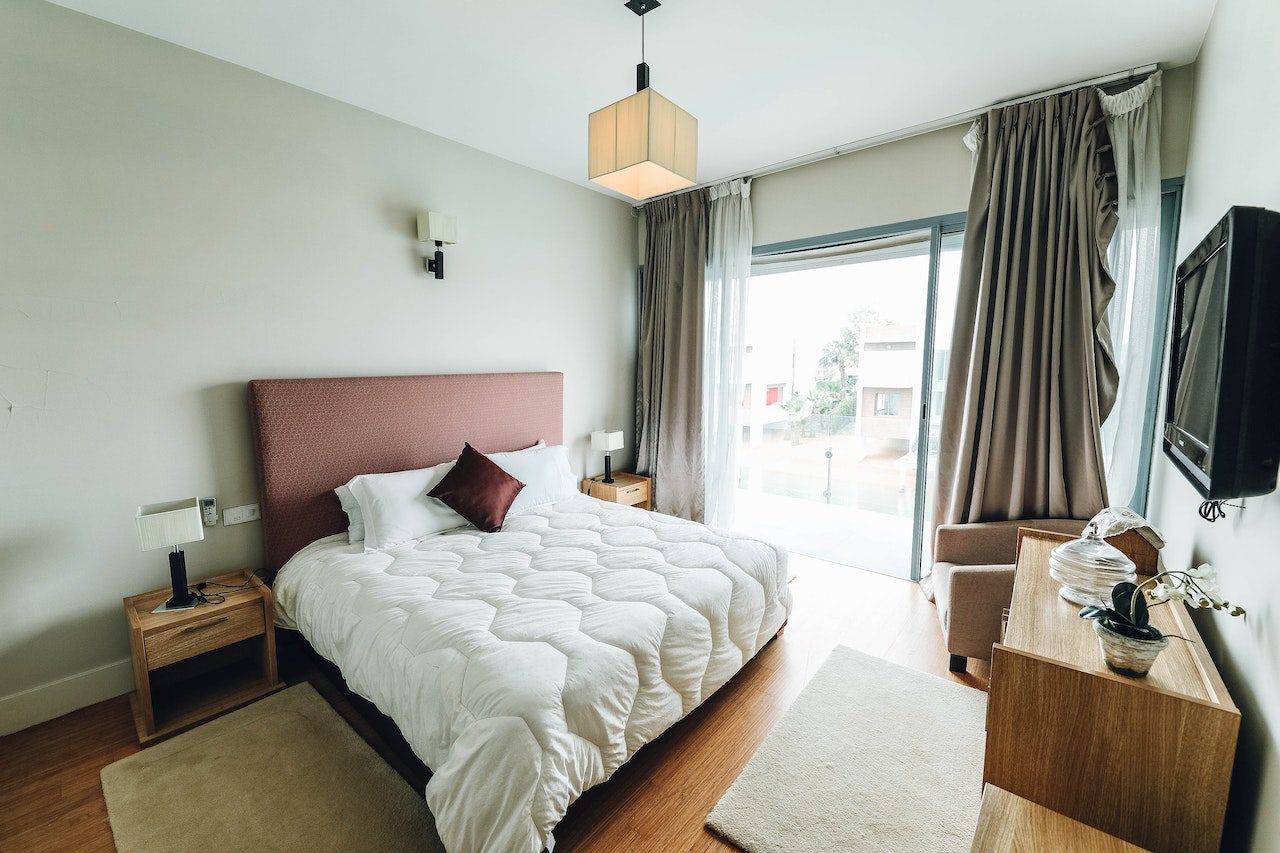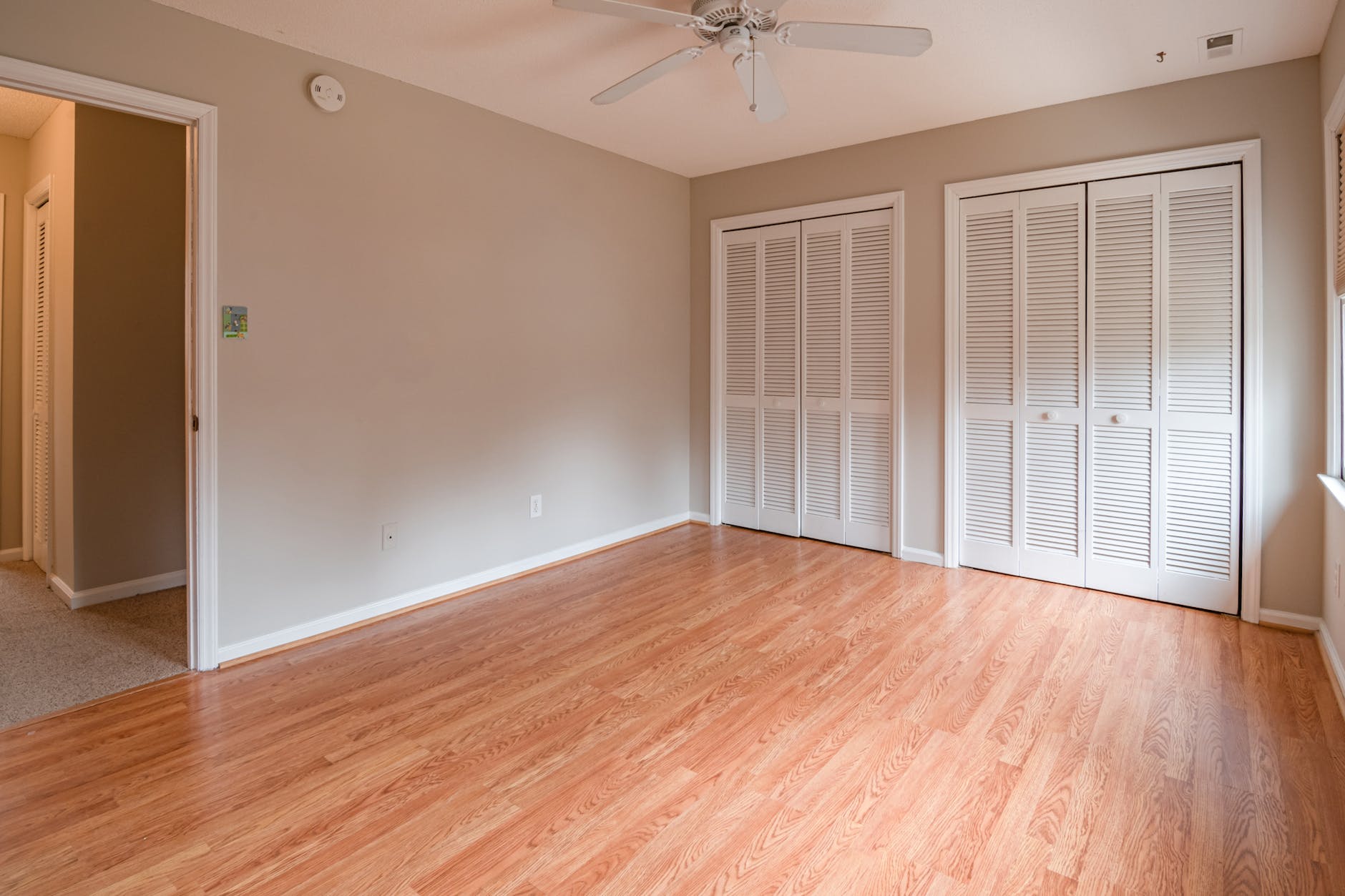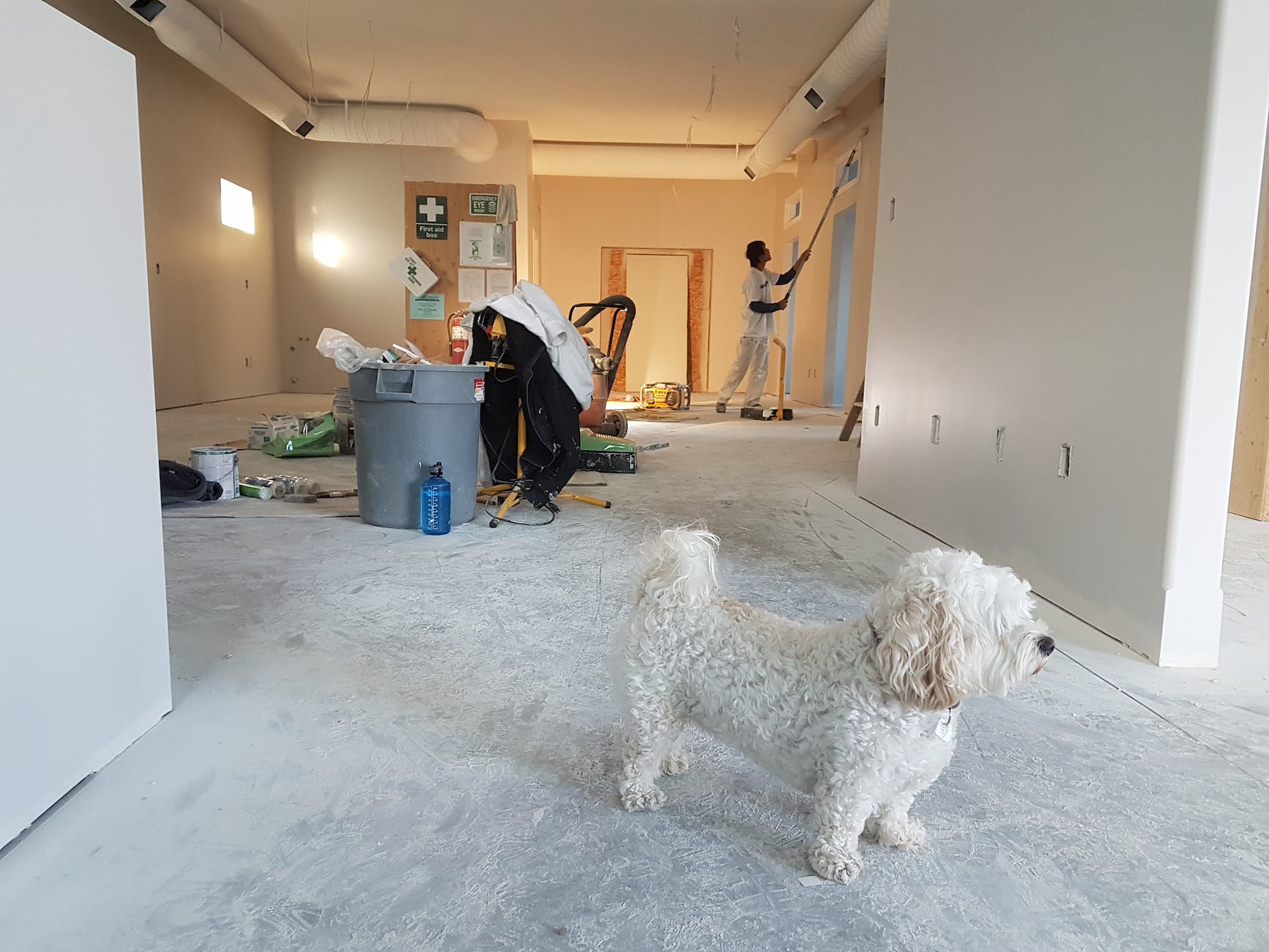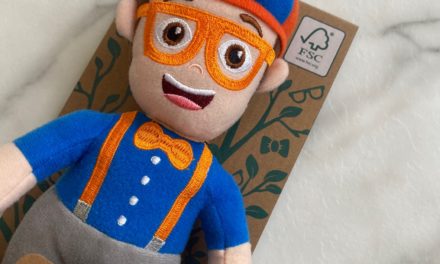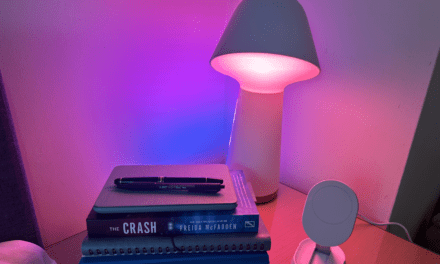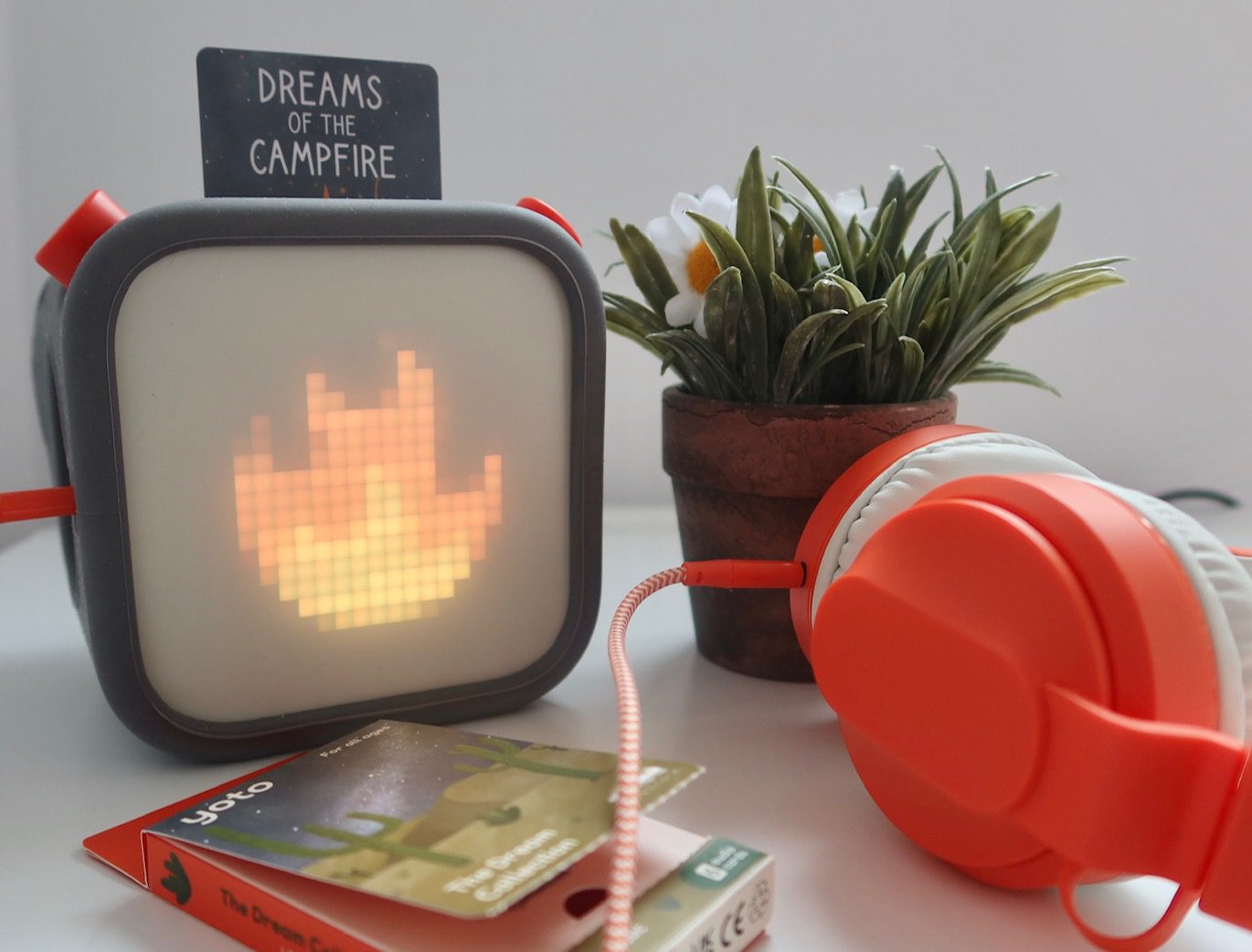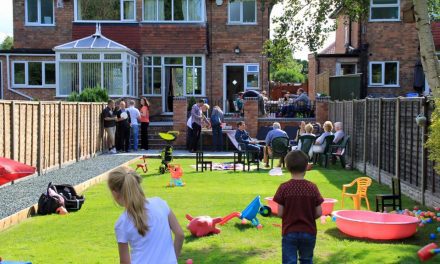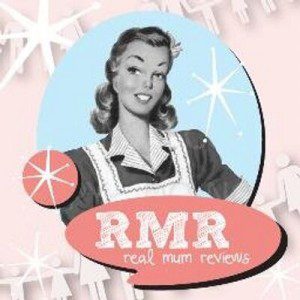
Bunk Beds: Which is the Right Type for Whom?
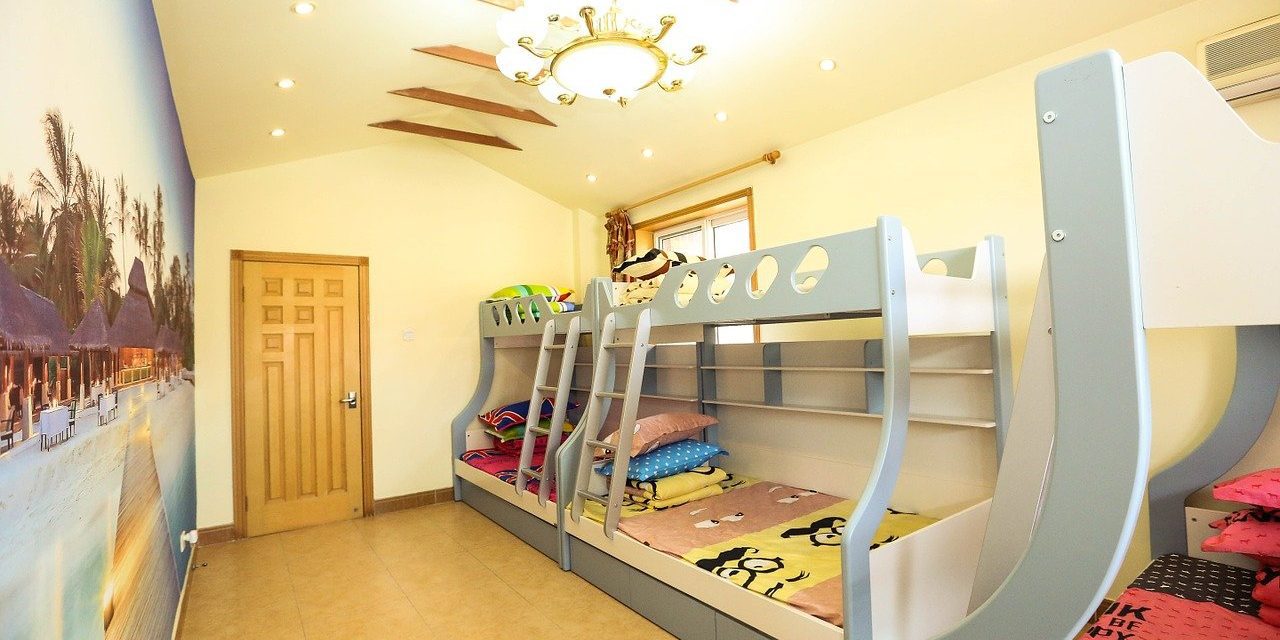
*This is a collaborative post
From military training camps to children’s bedrooms, bunk beds are common sights in any place which could benefit by saving space. That being said, not every bunk bed is suited for every place or need, which is why there is a wide range of options to choose from. As to what those options are and which one will be perfect for your home, the following pointers may help in figuring out those answers.
Bunk Beds: Common Characteristics
There are different types of bunk beds available these days, such as triple bunk beds, high lofts, high sleepers and cabin beds to name just a few. There are enough differences between each type to set them apart from each other, and for them to be useful in different settings. Nevertheless, they do share a few common characteristics, as listed below:
- One or more raised bed(s)
- Always designed to add more sleeping and/or storage space
- Makes use of vertical space, aka the height of the room to save floor space
- Might be accompanied by a theme that makes them more appealing to children or preteens
Next, we will get into the details of each bunk bed type, so that it becomes easier to figure out which one is best for your needs.
Double Bunk Beds for Kids
A standard double bunk bed has two single/double beds stacked on top of each other. There might be just one ladder on any one side of the beds, or there could be one on each side for easier access. These generally come in two different variants, which are:
Detachable/Modular Double Bunk Beds – Like the name suggests, the top bed can be detached and used as a single/double, floor bed. The detachable/modular double bunk bed offers more options, especially as children begin to grow up.
Fixed Double Bunk Beds – The fixed double bunk bed is a true classic, although it is not the standard for bunk beds anymore. The fixed design limits the bunk bed’s functionality, as well as longevity (kids do grow up fast!), so they are generally not the first choice these days. However, they are cheap and could offer better stability and support for older children.
Triple Bunk Beds for Kids
The triple bunk bed can come in several designs, shapes and sizes, offering more options, better value for money and additional sleeping space than the standard double bunk bed. The classic, triple stack design where three single beds are placed on top of each other is quite common. Triple bunk beds like these ones are a good solution to save space, and BedKingdom has a wide collection of those for parents to choose from.
They also have a big collection of triple bunk beds which offer better stability and additional storage space than the average triple stack design. These have a double bed stacked below a single high sleeper on top, with optional storage space on the sides. If you have ever heard of twin over full bunk beds, then that is exactly what these are.
Just like double bunks, most stacked triple bunk beds these days are also modular by design. Modularity might be sacrificed by the manufacturers at times to keep costs low. A fixed bunk bed may also be able to offer more stability than a modular bunk, due to there being no detachable joints or seams.
High Sleeper Beds, Aka Loft Beds for Kids
High sleeper beds are designed for older kids, as these prioritise storage or workspace over sleeping capacity. Loft beds generally have a single high sleeper up top, keeping the space below reserved for:
- Storage – Drawers, shelves, bookcases and racks to store books, toys, clothes, etc.
- Workspace – A pull-out study or work desk, along with drawers and shelves for storage
- Wardrobe – A wardrobe with drawers to save floor space, which would otherwise be needed to accommodate a separate wardrobe
- Futon – A futon bed or chair which can be pulled out as needed
It should be noted that futon bunk beds are often listed separately as a different type of bunk bed. However, they are essentially a high sleeper with the futon/sofa added below. Loft beds offer a great deal of versatility in possible customisation options, and the futon bed is a popular result of that.
There are several other innovative ways in which manufacturers utilise the space below a high sleeper bed, but these should be enough to give you the idea. Sometimes, it is best to go with a classic loft bed, which simply leaves the space below free for customisation. Middle-schoolers and young teens may appreciate the freedom to choose what to do with it.
Precautions: Avoid Making Common Mistakes
By now, parents should already have a pretty good idea about what they need, but there are still a few additional factors to consider. Ensure the following to avoid the common mistakes parents make while buying any type of raised bed for their children.
Minimum Age
No child below the age of 6 should be using the top bunk. The bed below is just as useable as any
other single bed for children though. As far as loft beds are concerned, they are completely
unsuitable for children below the age of 6, since these do not even have a bottom bed.
Maximum Weight Capacity Check
The sleeper’s age does not matter as much past the age of 6, as long as the person sleeping on the bed does not weigh more than the bed’s certified capacity. 60-100kg is the standard capacity that loft beds and bunk beds for children are expected to be certified for holding. However, the higher the better when it comes to weight capacity, even if it costs more.
Parents should avoid raised beds that sport a maximum capacity close to their children’s present weight. Kids are likely to grow heavier soon, so combined with the fact that movements during the night put additional pressure on the top bunks, it is not a good idea to cut things close in this instance. Irrespective of the child’s age, safety rails must be present and put up on the top bunks to prevent falls. Anyone can fall off the top bunk at night, including adults.
Measurements
By far the most common mistake parents make while buying bunk beds and high sleepers is that of not considering all the applicable measurements. Always keep a few simple equations in mind before choosing a high sleeper, or a bunk bed.
- The ceiling height minus the bunk bed’s height (surface of the topmost mattress) must be more than or equal to 33 to 36 inches
- The space between the top surface of a bottom mattress, and the bottom surface of the mattress right above it should be more than or equal to 36 inches
- Keep the horizontal distance between each side of each bed and the wall(s) equal to or more
than 36 inches to 42 inches - Also, if there is sag, you will need to factor this in as well to provide the child sleeping below with
enough headroom.
That is pretty much all there is to know about bunk beds, high sleepers, loft beds and the like. Now that you know which ones are ideal for whom, just find the right bed and go for it!








